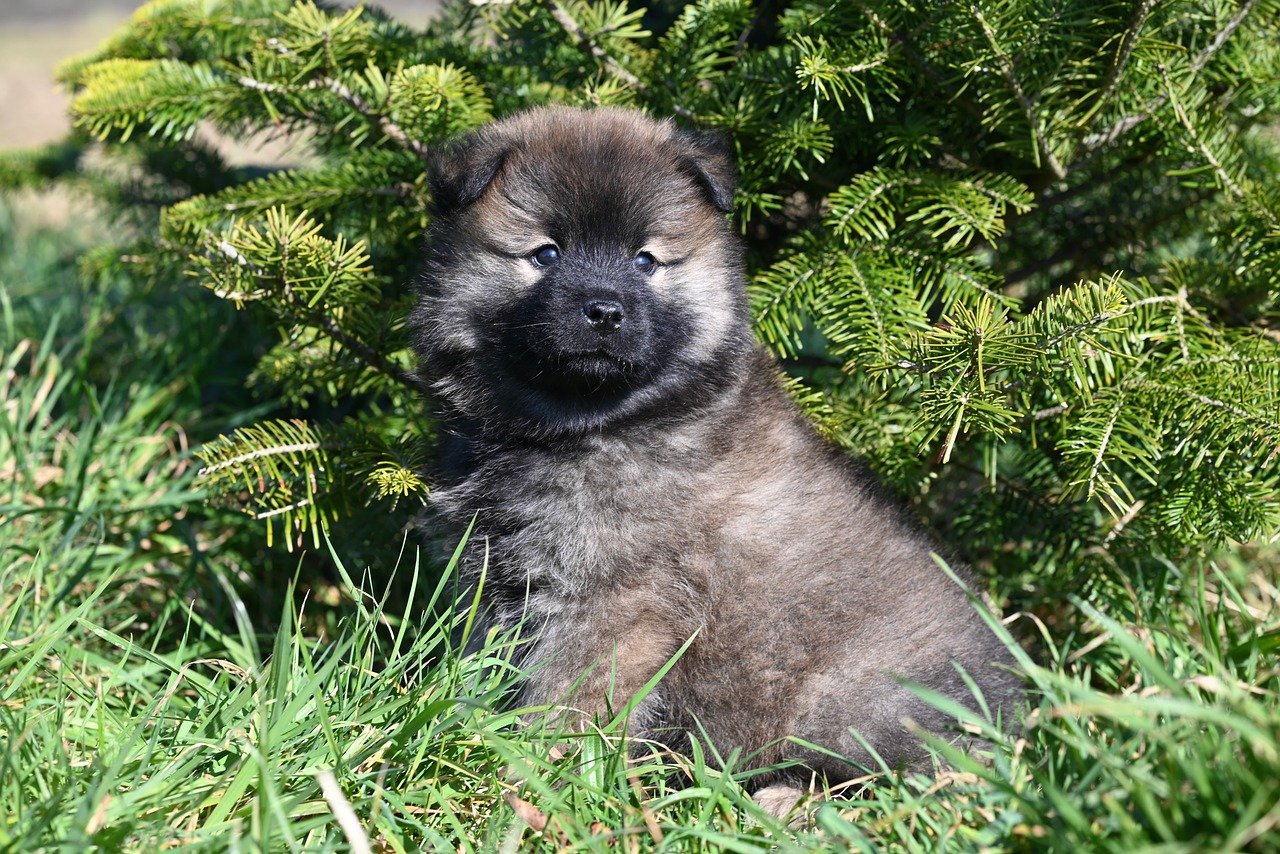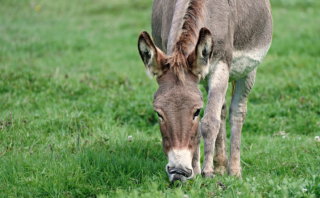Kid-Friendly Guide: 7 Basic Steps to Train Your Dog
Introduction
Teaching children how to train a dog is a great way to instill a sense of responsibility and love in them towards animals. Dog training is also a fun, engaging activity that can keep kids involved and foster positive behavior in both the child and the dog.
Basic Steps In Dog Training for Kids
The first step in dog training is understanding the dog’s behavior. Dogs, like humans, have their language, and it’s essential for kids to understand it. Basic obedience training should start with simple commands such as “sit,” “stay,” and “come.”

The second step in dog training is consistency. It’s essential to repeat the training exercise continuously until the dog performs the commands reliably. Reinforcing positive behavior with treats and praises is the third step. Rewards motivate dogs and make them more likely to obey.
Teaching Responsibility and Patience
Dog training can be a valuable lesson in patience and responsibility for children. Kids learn that dog training takes time and that patience is necessary for success. They also learn that training isn’t merely about making the dog obey but building a bond based on love and respect. Kids are taught to clean up after the dog and feed it regularly, teaching them responsibility.
Dog Breeds Suitable for Kids
All breeds can be trained by kids, but some are more suited than others. Breeds like Labrador Retrievers and Golden Retrievers are known for their friendly, trainable nature which makes them ideal for kids to train. Small breeds like Beagles are also excellent choices because of their love for play and moderate energy levels.
Safety Precautions
Before starting dog training, it’s crucial to teach kids how to behave around dogs. They should be guided never to pull a dog’s tail or ears, never to disturb a dog while it’s eating or sleeping, and always to respect the dog’s personal space.

Frequently Asked Questions
What is the right age for kids to start dog training? Kids as young as 5 years old can participate in training dogs with the supervision of an adult. However, they should be old enough to understand the responsibilities that come with pet ownership.
How often should training sessions be conducted? Dog training should be consistent. Short, daily training sessions are more effective than lengthy, infrequent sessions.
What kind of treats should be used for training? Healthy, low-calorie treats are recommended for training. Treats should only make up 10% of the dog’s daily diet.
What should be done if the dog isn’t responding to commands? Patience is key in dog training. Sometimes, certain commands take time to learn. If a dog continues to struggle with a particular command, it may be worth seeking advice from professional dog trainers.
What kind of leashes and collars are best for dog training? A short leash is usually best for training as it allows for better control. A basic flat collar is often ideal for beginners.
Conclusion
Dog training for kids is an invaluable way to teach children about responsibility and empathy. It builds a strong bond between the child and the dog and encourages the development of important life skills. However, it should always be carried out under adult supervision to ensure the safety of both the child and the dog. Remember, it’s not about creating obedient dogs, but rather raising happy, well-adjusted pets.



